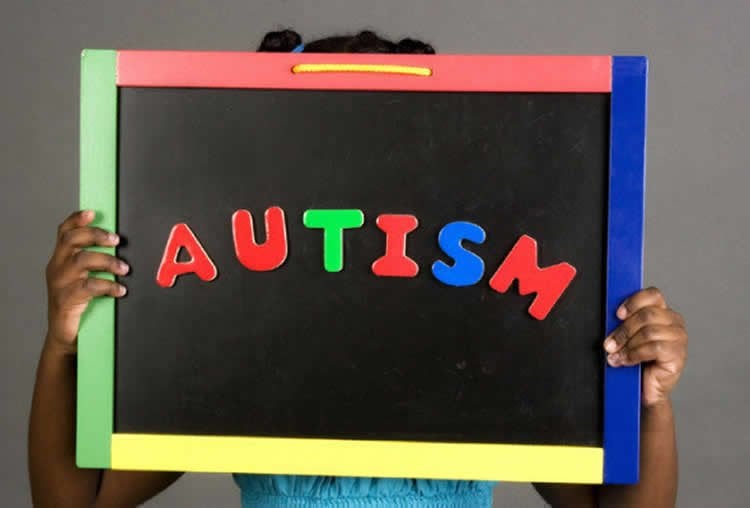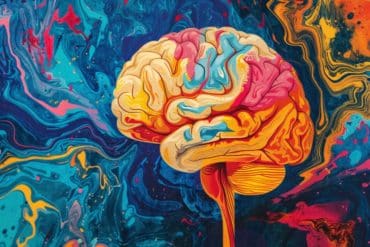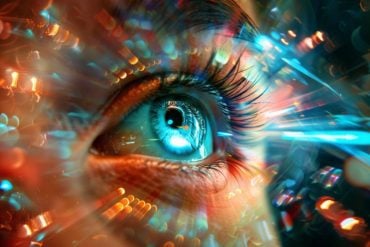Summary: A new report from the CDC discloses 1 in 59 children in 11 states are identified as being on the autism spectrum, up from 1 in 68 in 2016. The increased numbers, researchers say, are due to improved screening and diagnosis methods, in addition to how clinicians ‘define’ autistic traits.
Source: Children’s Hospital of Los Angeles.
According to a report out today from the CDC’s Autism and Developmental Disabilities Monitoring Network, approximately 1 in 59 eight-year old children, in 11 states, were identified as having autism spectrum disorder (ASD). This latest estimate reflects an incidence of 1.7 percent; this number has increased from 1 in 68 children, or 1.5 percent, reported in 2016.
Although these findings suggest that the incidence of autism has increased by 15% in 2 years, Larry Yin, MD, medical director of the Boone Fetter Clinic at Children’s Hospital Los Angeles, suggests a more cautious interpretation.
“We’ve been pushing hard through multiple organizations such as the American Academy of Pediatrics, Autism Speaks, U.S. CDC and at Children’s Hospital Los Angeles to implement developmental screening in clinical practice and to encourage parents to seek help when they have a developmental concern,” said Yin. “The increase in numbers may be reflective of increased screening and diagnosis within these 11 sites. Another consideration is the high variation of autism spectrum disorder among the 11 sites (about 1.3-3%) as well as how they actually ‘define’ a child with autism.”
According to Yin, although the prevalence of autism spectrum disorders may be increasing, he felt other study findings were of significant concern:
- 5 percent of children had developmental concerns raised but only 42 percent had an evaluation
- Less than 50 percent of children had a diagnosis of autism spectrum disorder by 4 years
- Given that autism spectrum disorder crosses all race/ethnicities equally, diagnosis in Latino children continues to lag behind other racial and ethnic groups.

Yin hopes that the findings reported by the CDC will encourage parents and their clinicians to take action when they have a developmental concern about their child or their patient.
“We need for parents to become experts in their own child’s development through the use of tools such as those provided for free from the U.S. Centers for Disease Control-Learn the Signs Act Early, Autism Speaks or the American Academy of Pediatrics,” said Yin. “We know from experience, the earlier we can diagnosis autism and intervene, the better the ultimate outcome.”
Source: Ellin Kavanagh – Children’s Hospital of Los Angeles
Publisher: Organized by NeuroscienceNews.com.
Image Source: NeuroscienceNews.com image is in the public domain.
[cbtabs][cbtab title=”MLA”]Children’s Hospital of Los Angeles “Making Sense of CDC’s Report on Increased Incidence of Autism.” NeuroscienceNews. NeuroscienceNews, 27 April 2018.
<https://neurosciencenews.com/cdc-autism-increase-8903/>.[/cbtab][cbtab title=”APA”]Children’s Hospital of Los Angeles (2018, April 27). Making Sense of CDC’s Report on Increased Incidence of Autism. NeuroscienceNews. Retrieved April 27, 2018 from https://neurosciencenews.com/cdc-autism-increase-8903/[/cbtab][cbtab title=”Chicago”]Children’s Hospital of Los Angeles “Making Sense of CDC’s Report on Increased Incidence of Autism.” https://neurosciencenews.com/cdc-autism-increase-8903/ (accessed April 27, 2018).[/cbtab][/cbtabs]






